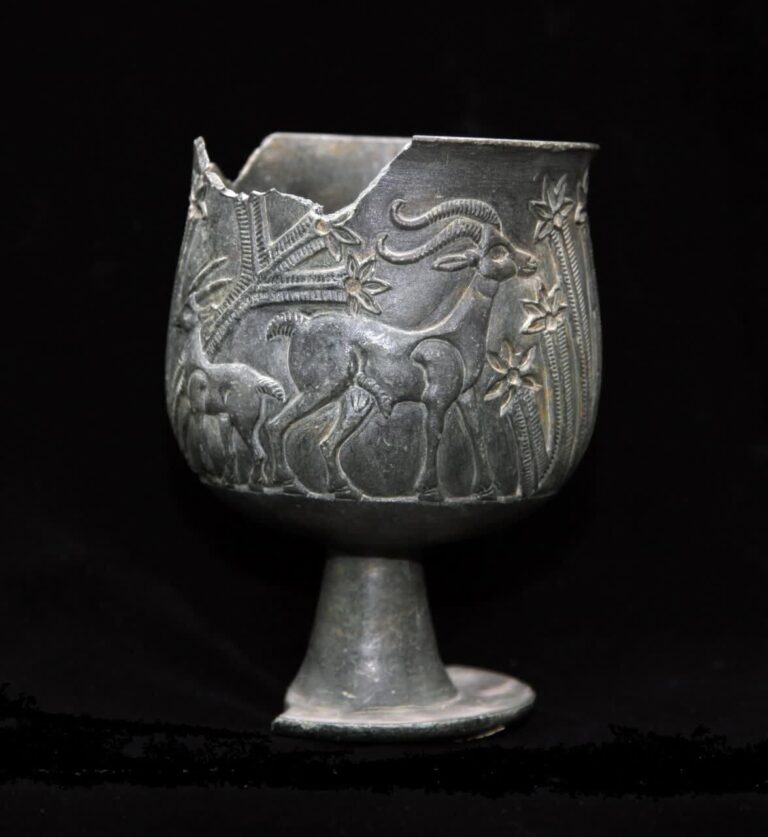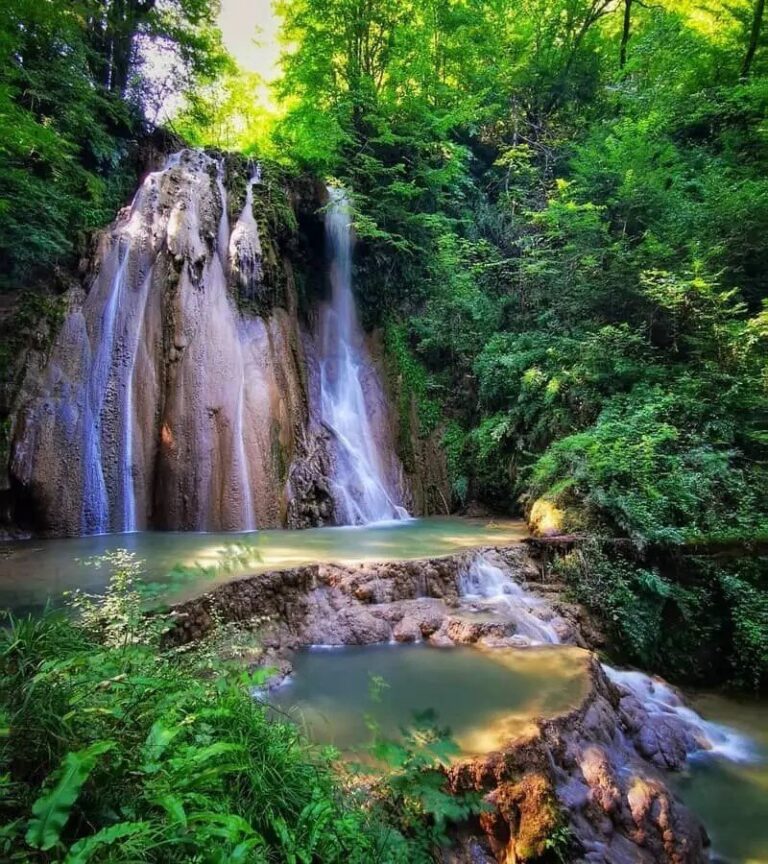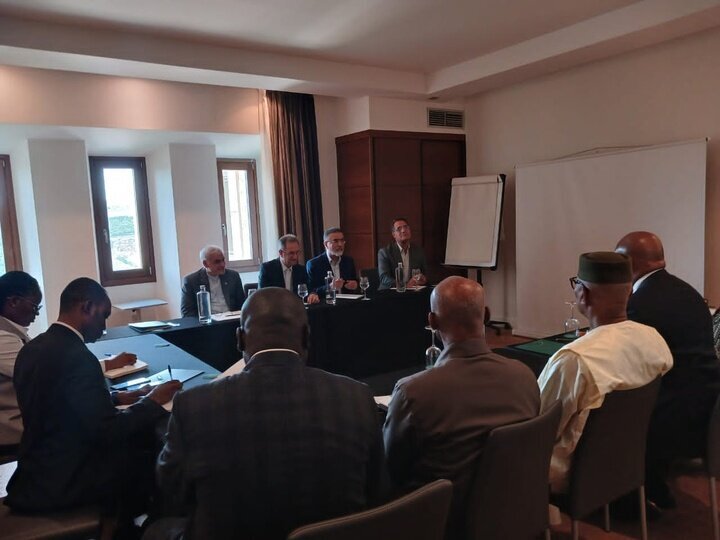Groundbreaking Paleolithic Discoveries Unveiled in Western Iran Cave
Recent archaeological excavations at Ghamari Cave in Lorestan province have garnered significant attention, both domestically and internationally. This project, spearheaded by Sonia Shidrang of Shahid Beheshti University and Fereidoun Biglari from the National Museum of Iran, took place between late February and early April, revealing crucial insights into prehistoric human activities in the Khorramabad Valley.
The findings from Ghamari Cave have been extensively covered in both Iranian and global media, emphasizing the site’s potential to enhance our understanding of early human history. “Ghamari Cave forms part of a cluster of six prehistoric caves and rock shelters in Khorramabad Valley that are currently being considered for UNESCO World Heritage status,” Shidrang explained to the Tehran Times.
According to her, “ICOMOS specifically recommended further research at Ghamari Cave to understand its cultural sequence better, as this site remained one of the less studied locations within the proposed heritage area.” This recognition underscores the significance of the ongoing excavation efforts.
During the excavation process, authorized by the Research Institute of Cultural Heritage and Tourism, the team made several remarkable discoveries that illuminate the region’s prehistoric occupation. “The most significant findings demonstrate clear evidence of Neanderthal occupation,” Shidrang said. Key discoveries included:
- Distinct layers containing Neanderthal lithic assemblages.
- Processed game remains, particularly from ibex and red deer, showing signs of butchery and thermal alteration.
- Charcoal concentrations within living surfaces indicating controlled fire use.
- Later layers revealing remains from Chalcolithic period pastoral communities.
Shidrang added that the analysis of pottery was particularly intriguing. “Initial examination of the painted pottery shows interesting stylistic parallels with contemporary traditions in Khuzestan, suggesting possible cultural connections or exchange networks during that period.”
The global implications of these discoveries have attracted attention from specialized archaeology and science publications. In the United States, the Archaeology News Network highlighted the compelling evidence of Neanderthal habitation within the cave. Meanwhile, Greek media, particularly Creta Post, focused on the revelation of human traces dating back thousands of years. French outlets like Le savoir perdu des anciens and Le Nouvel Ordre Mondial provided detailed analyses of the 40,000-year-old Neanderthal remains, placing them within broader discussions of human evolution.
From Spain, Red Historia corroborated the significance of the Neanderthal evidence found in Iran, while Turkish publications, including Anatolian Archaeology and Arkeonews, suggested that these findings could potentially reshape our understanding of prehistoric human migration and settlement patterns.
The extensive media coverage, spanning North America, Europe, and Asia, emphasizes the global scientific importance of the Ghamari Cave discoveries. By shedding new light on early human history and the activities of Neanderthals in the region, these findings have reignited interest in Iran’s archaeological record and its vital role in the overarching narrative of human prehistory.
These discoveries not only enhance our understanding of early human settlement patterns in Iran but also reinforce the archaeological significance of Ghamari Cave and its surrounding region. The widespread media interest highlights the global relevance of such findings in piecing together humanity’s prehistoric past.
Looking ahead, further research is anticipated to yield even deeper insights into the cultural and evolutionary history of the area. Dr. Sonia Shidrang, a faculty member at Shahid Beheshti University (SBU), is recognized as a leading researcher on Iran’s Paleolithic period. She played a pivotal role in preparing the 2024 ICOMOS nomination dossier for the “Prehistoric Caves and Falak-ol-Aflak Ensemble of Khorramabad Valley.”
In conclusion, the Ghamari Cave excavation not only enriches our understanding of Neanderthal life but also signifies a remarkable chapter in the history of human evolution. As researchers continue to explore this ancient site, the archaeological community eagerly anticipates the revelations that further studies will unveil.






